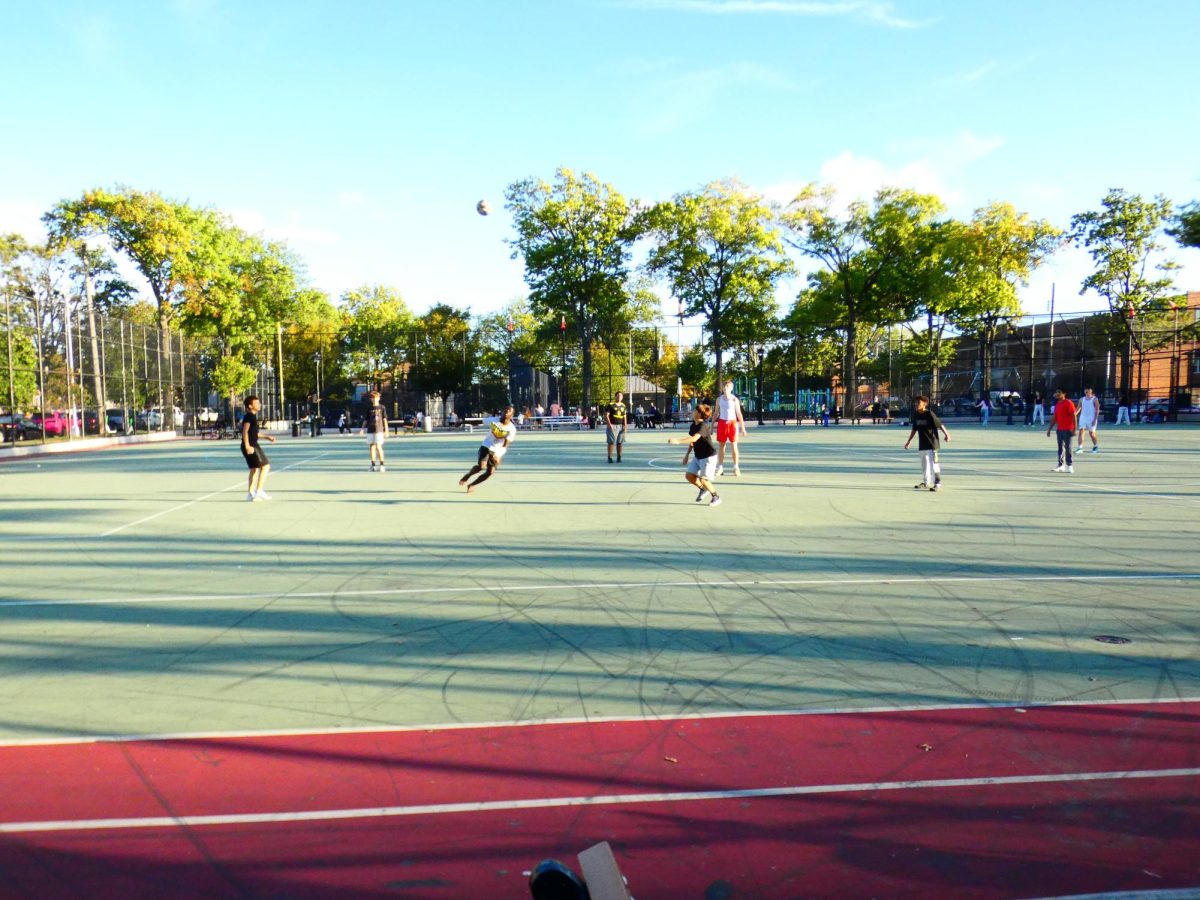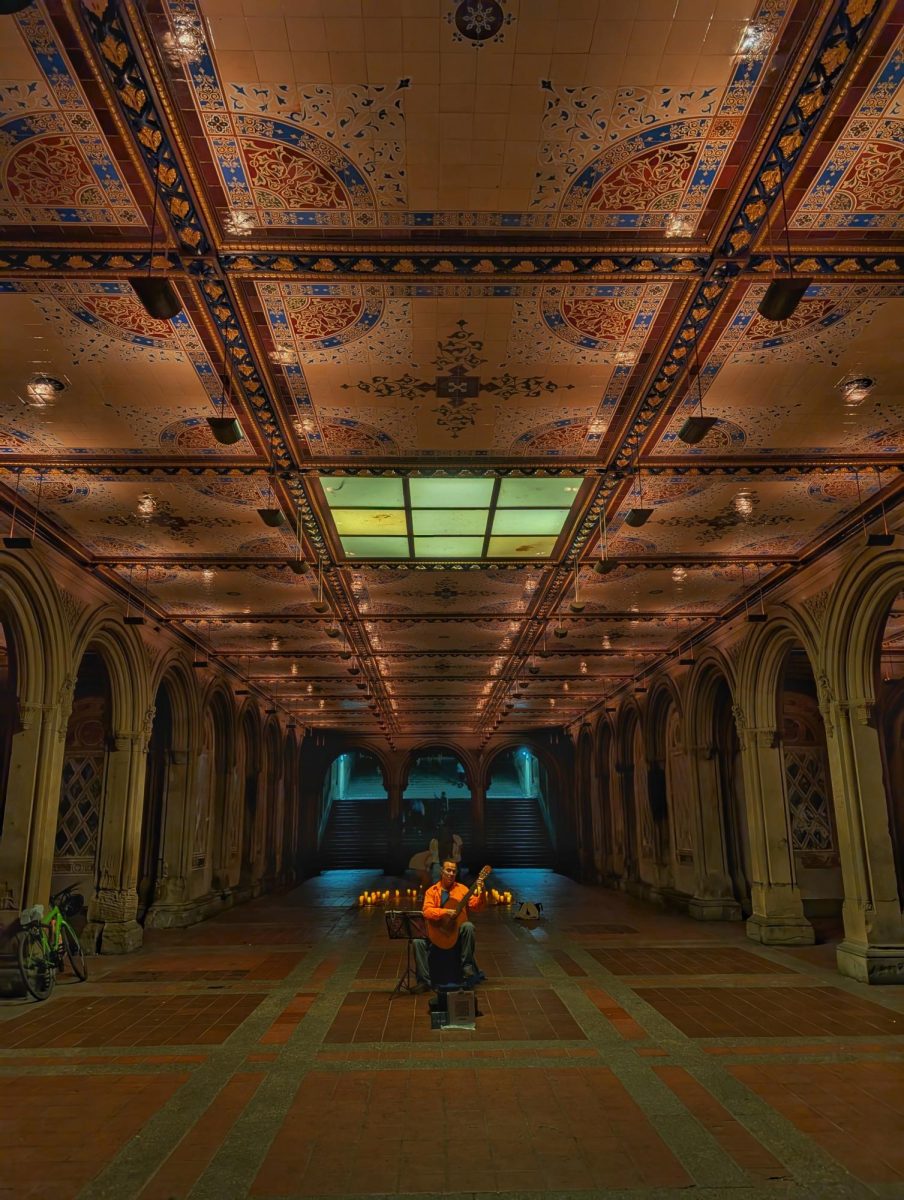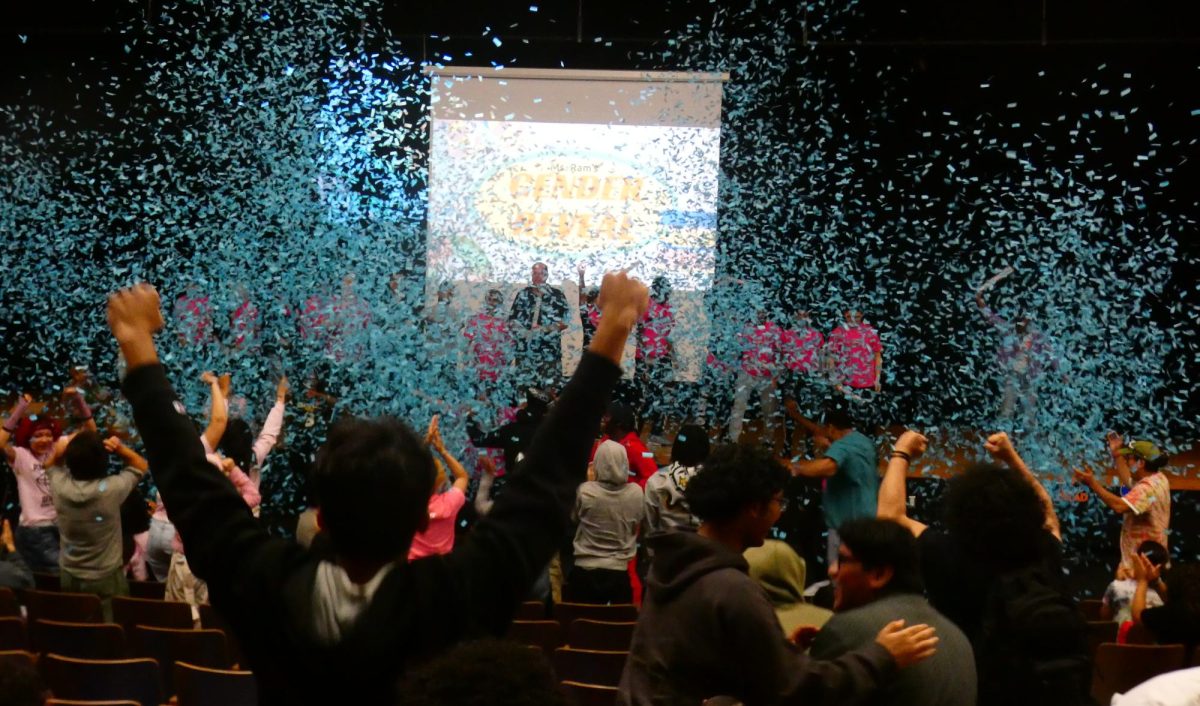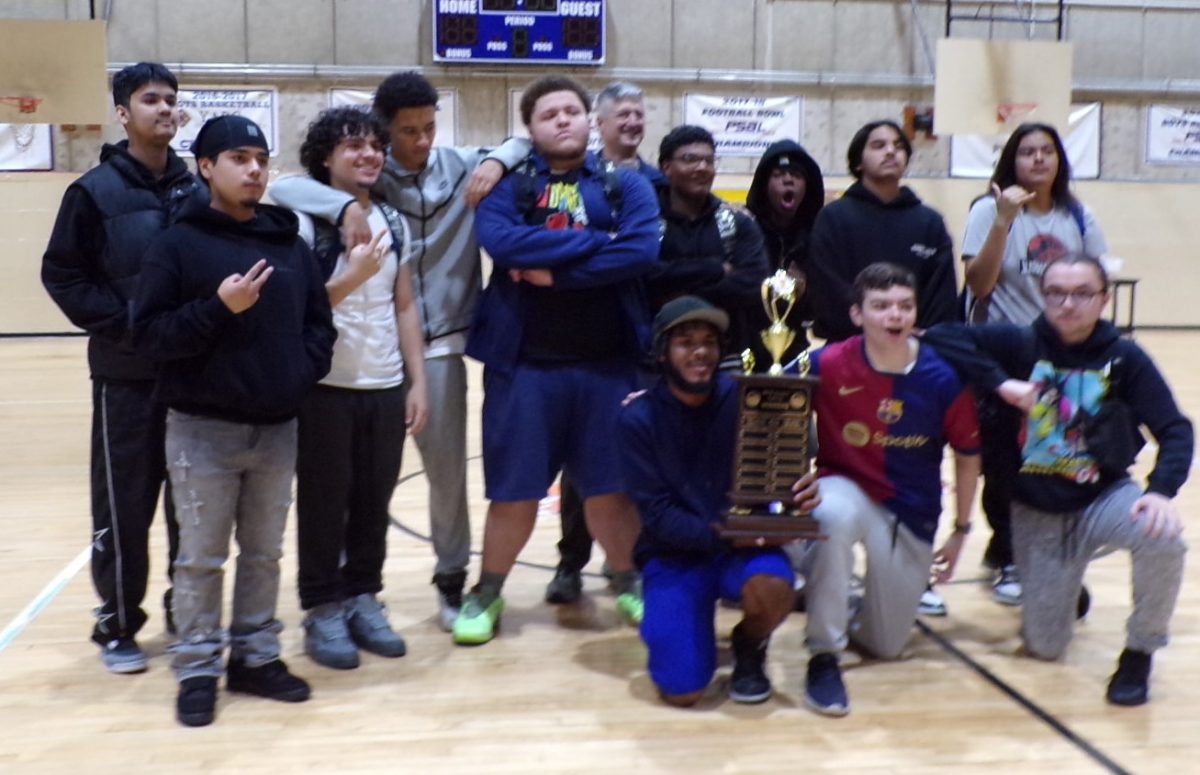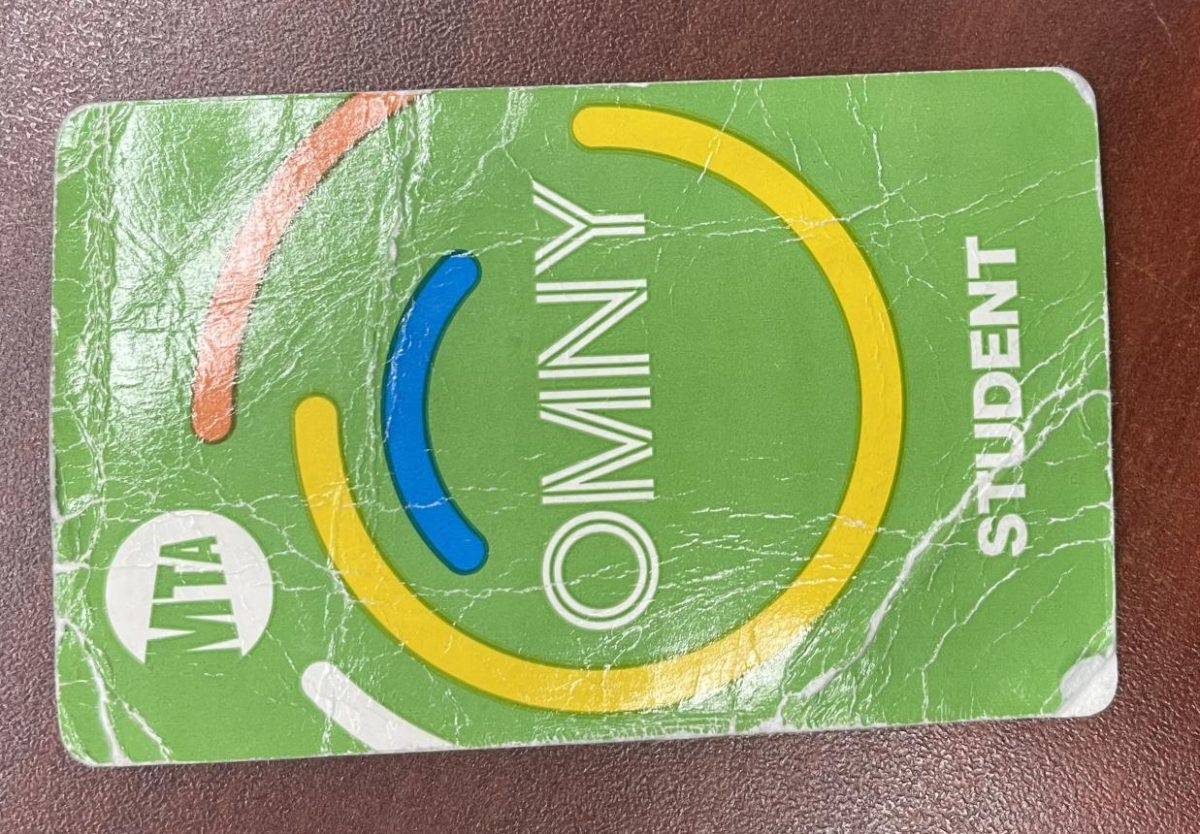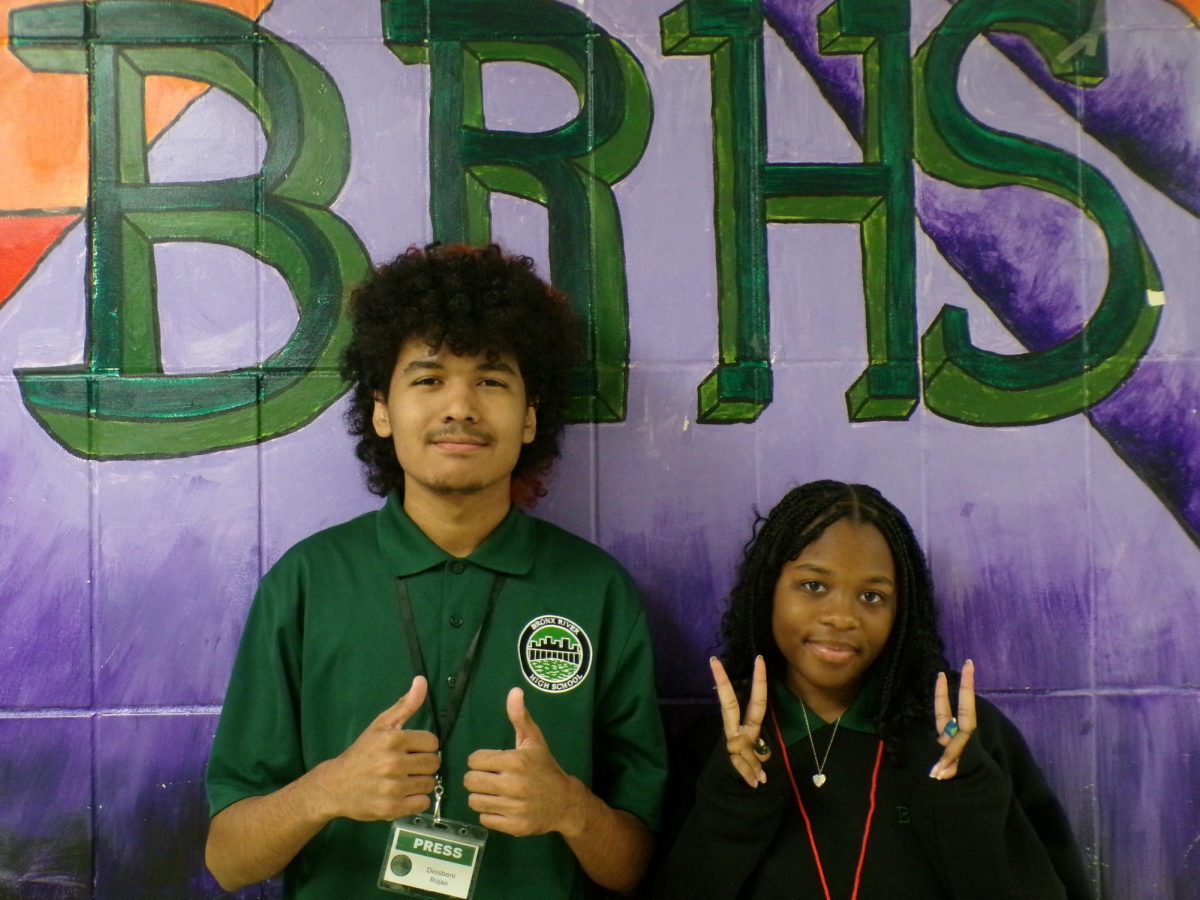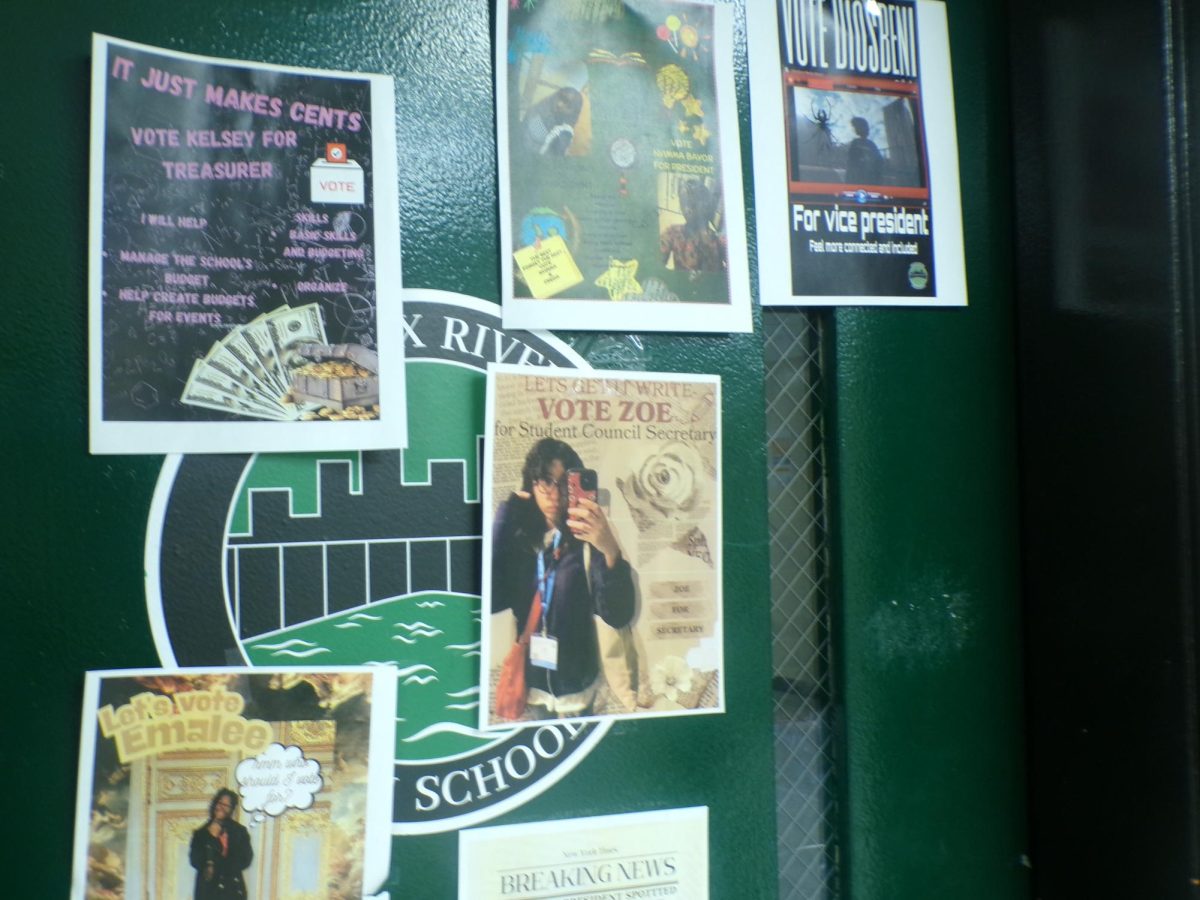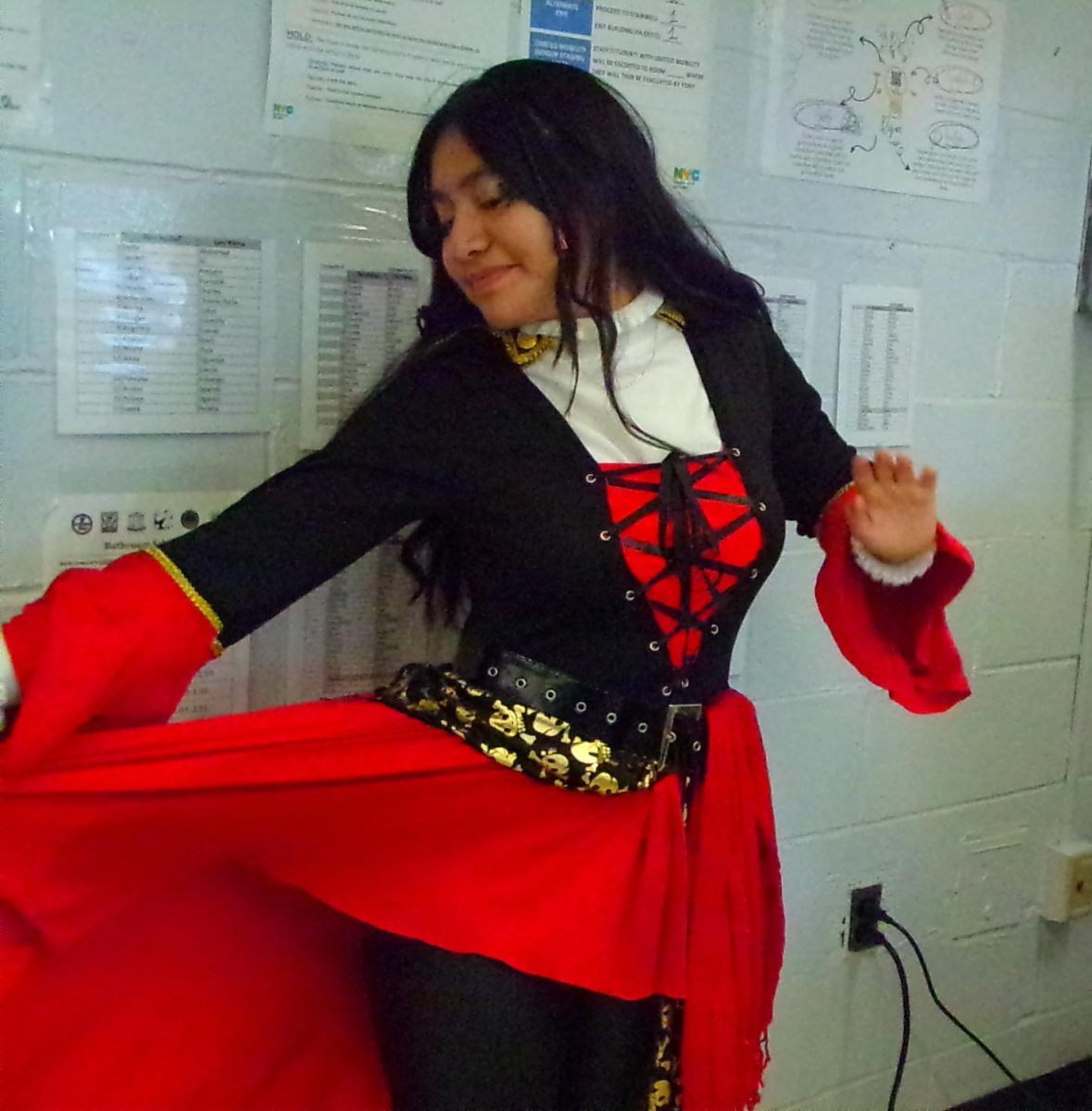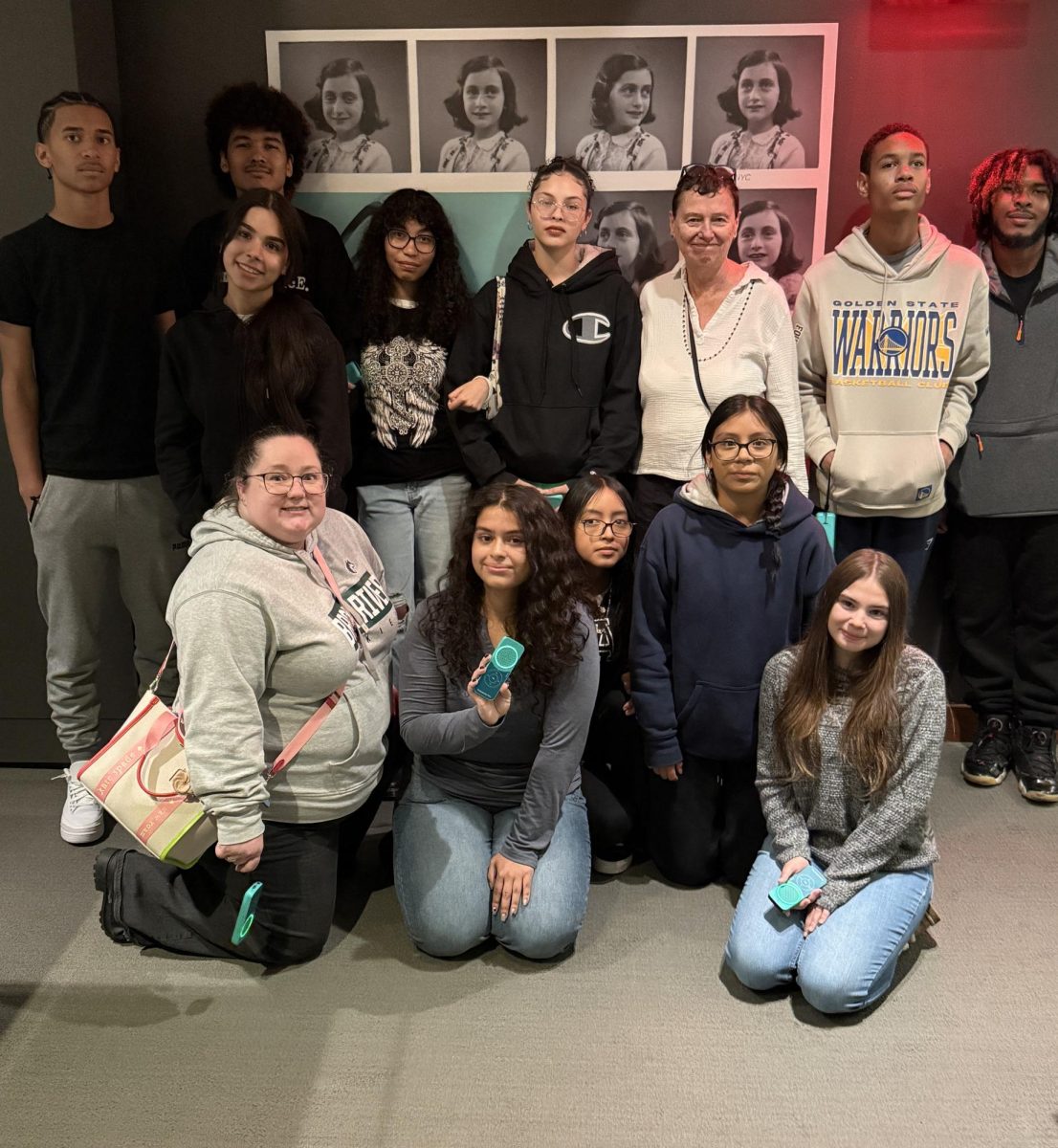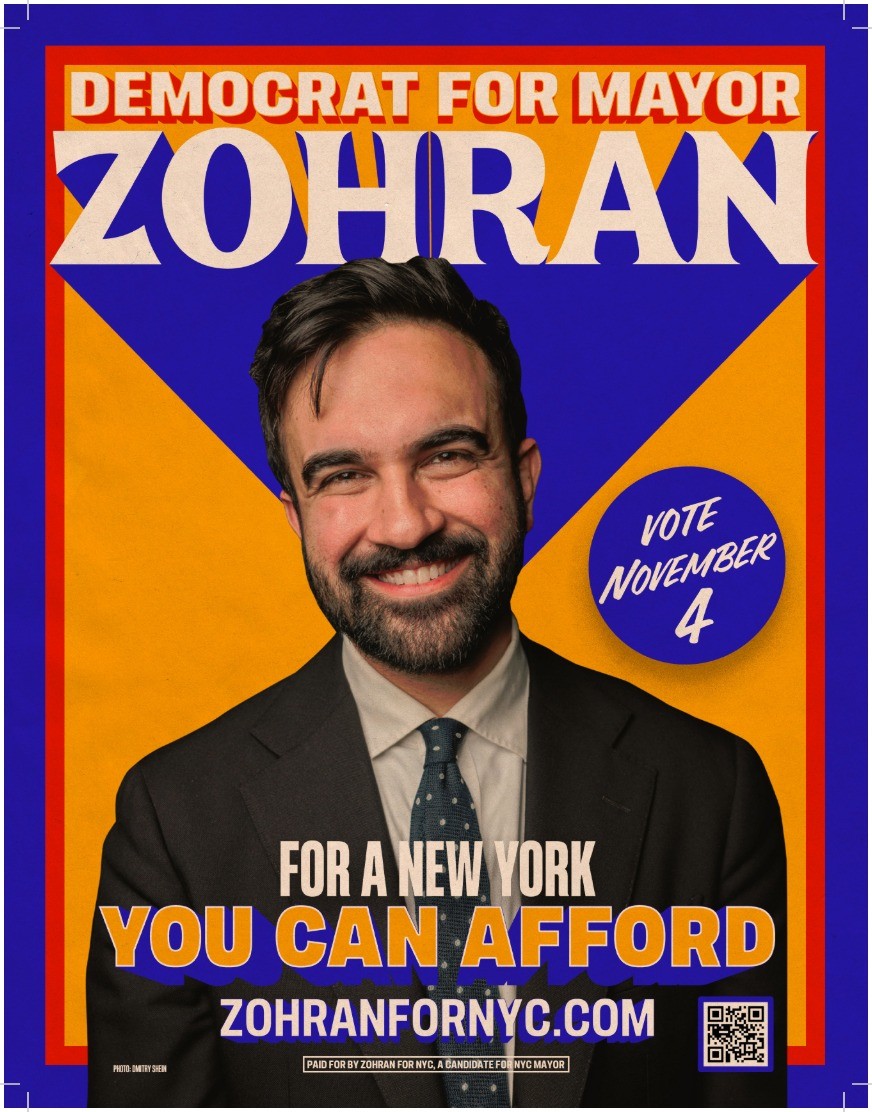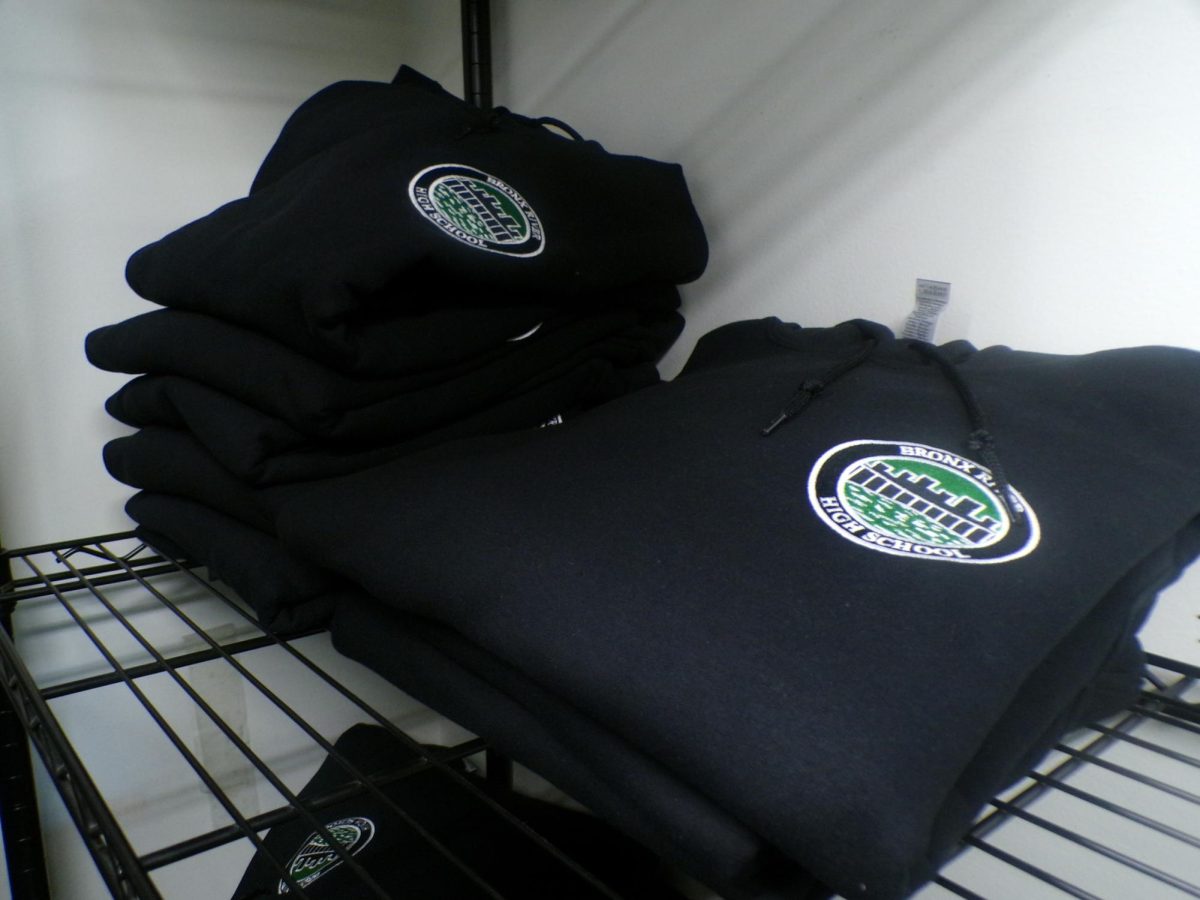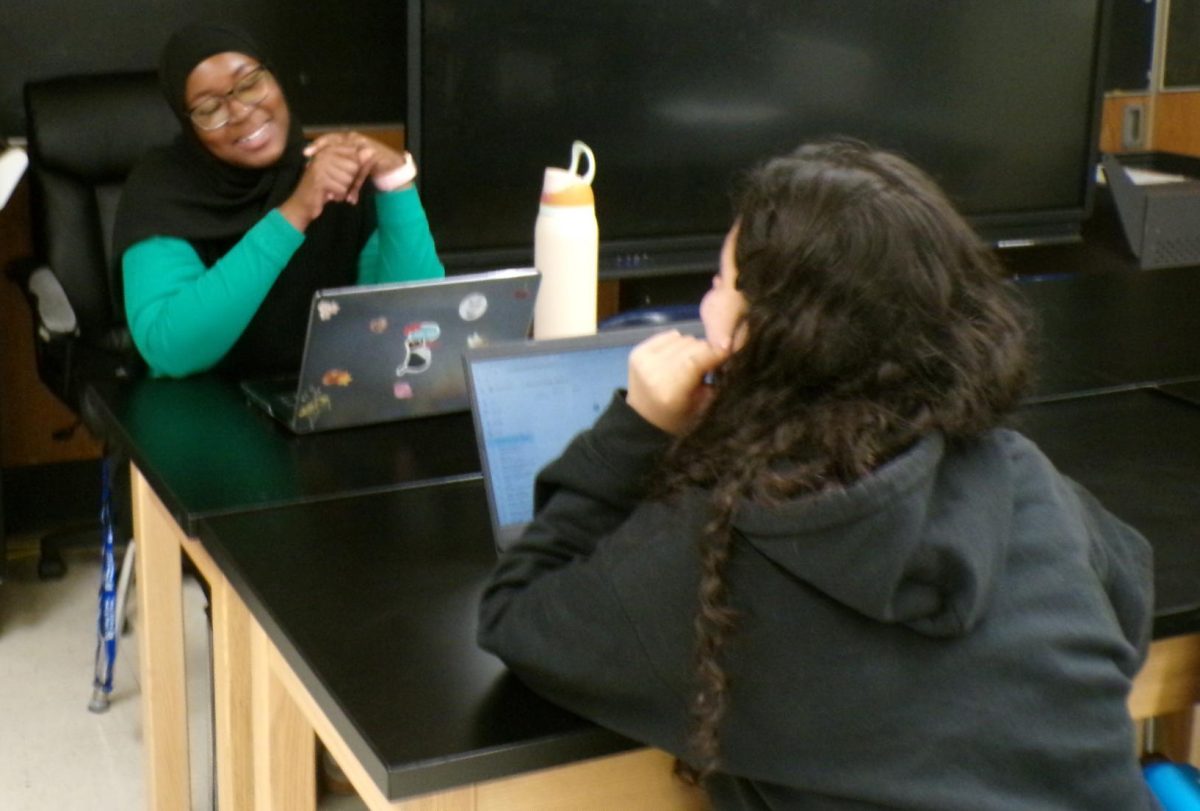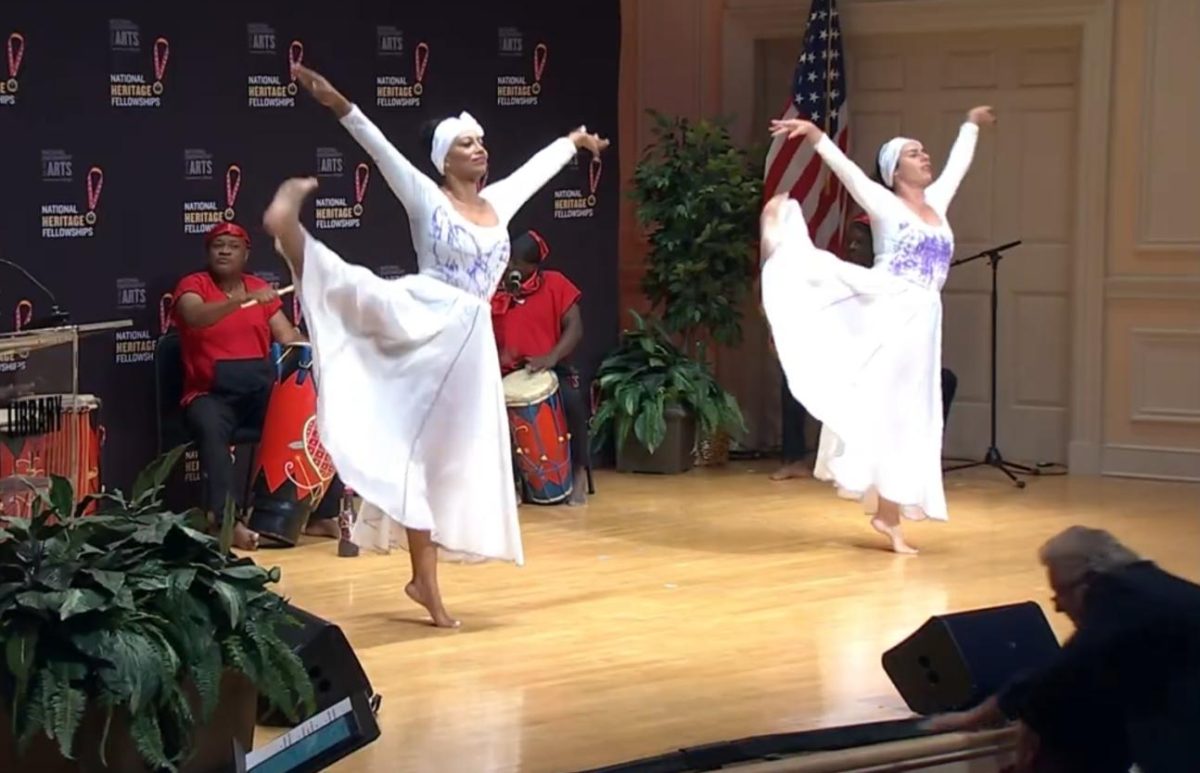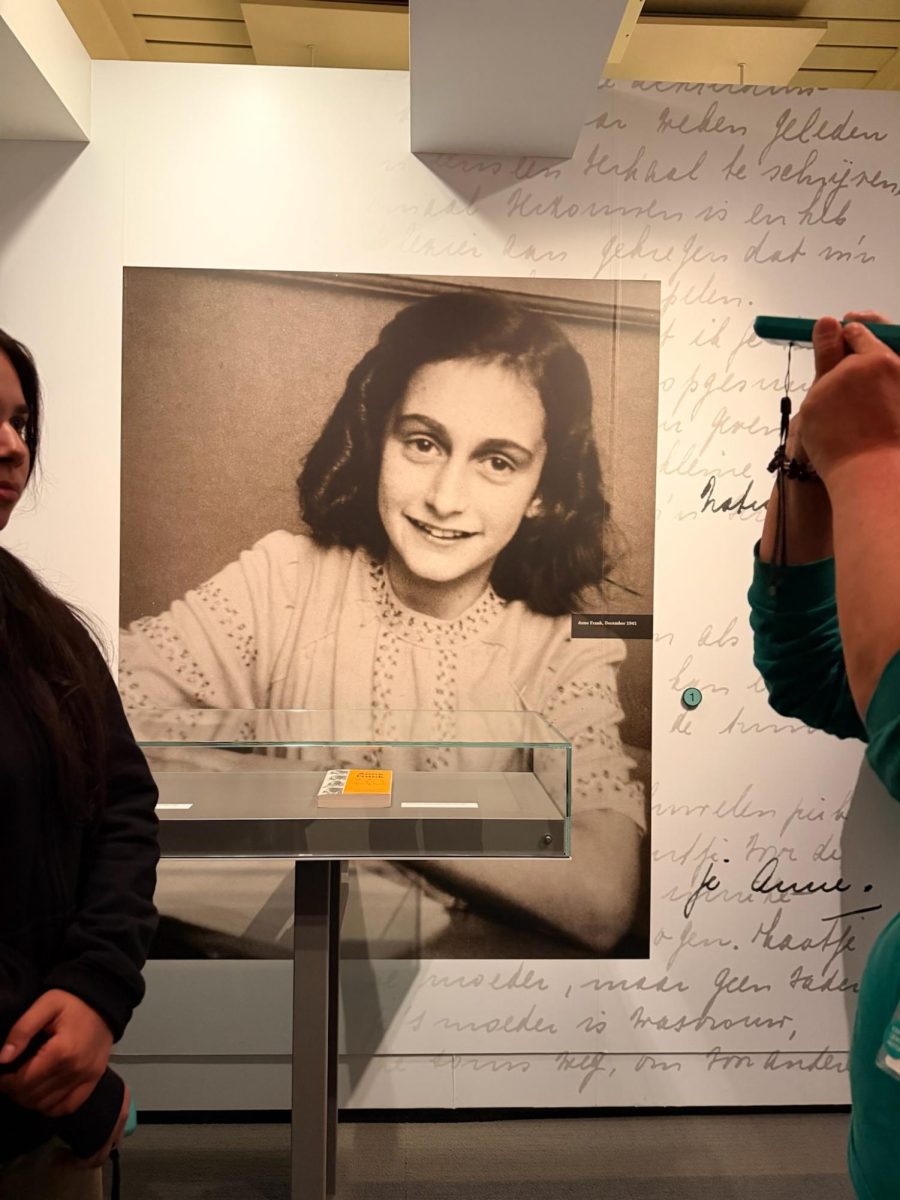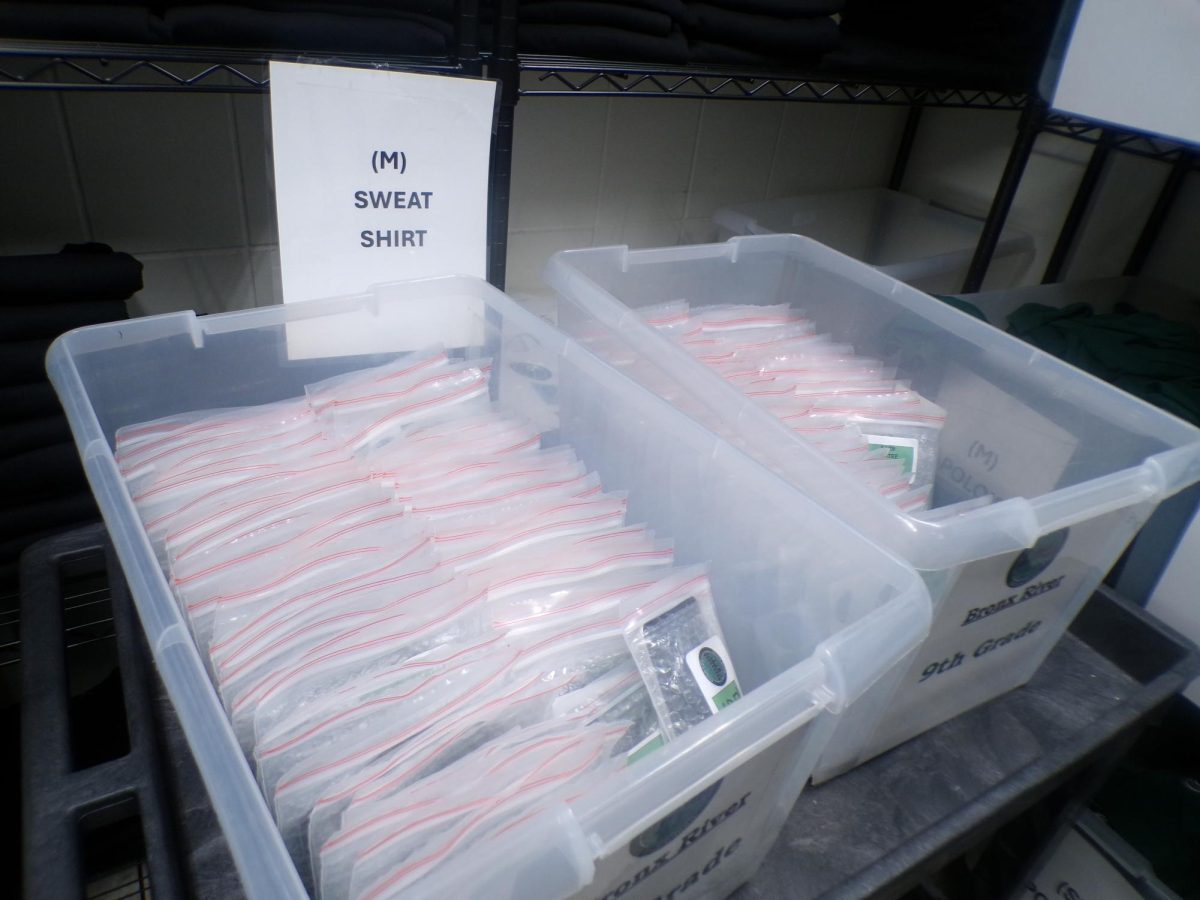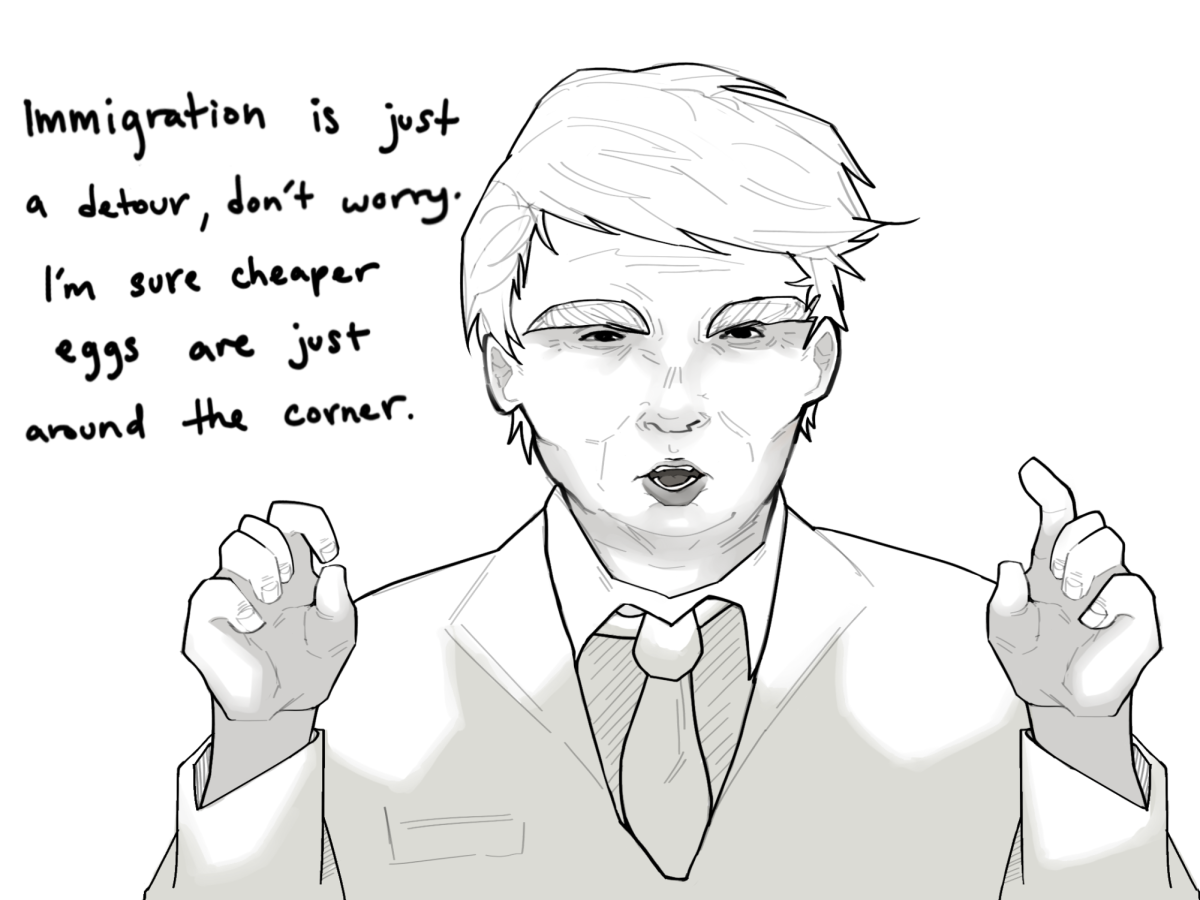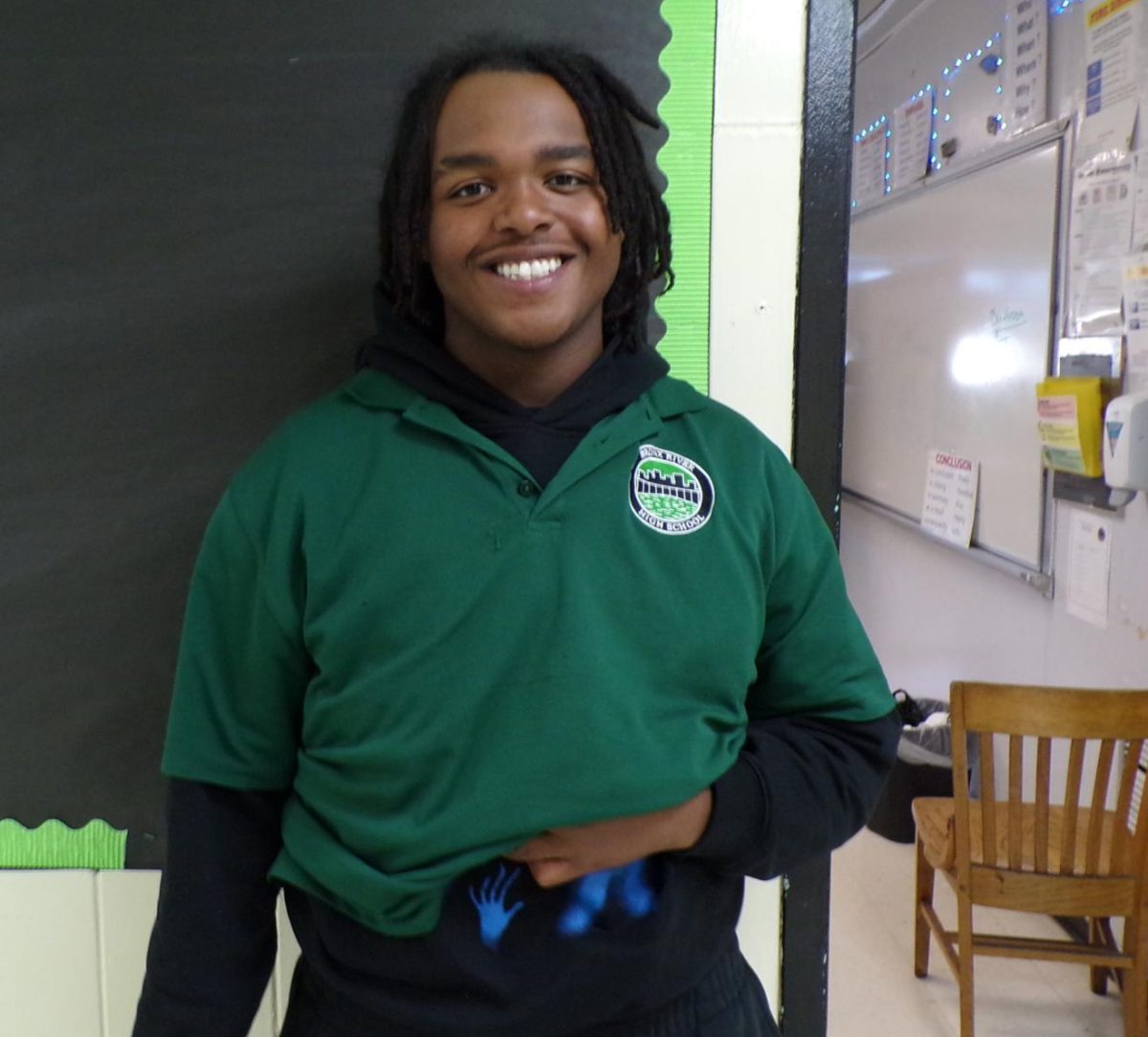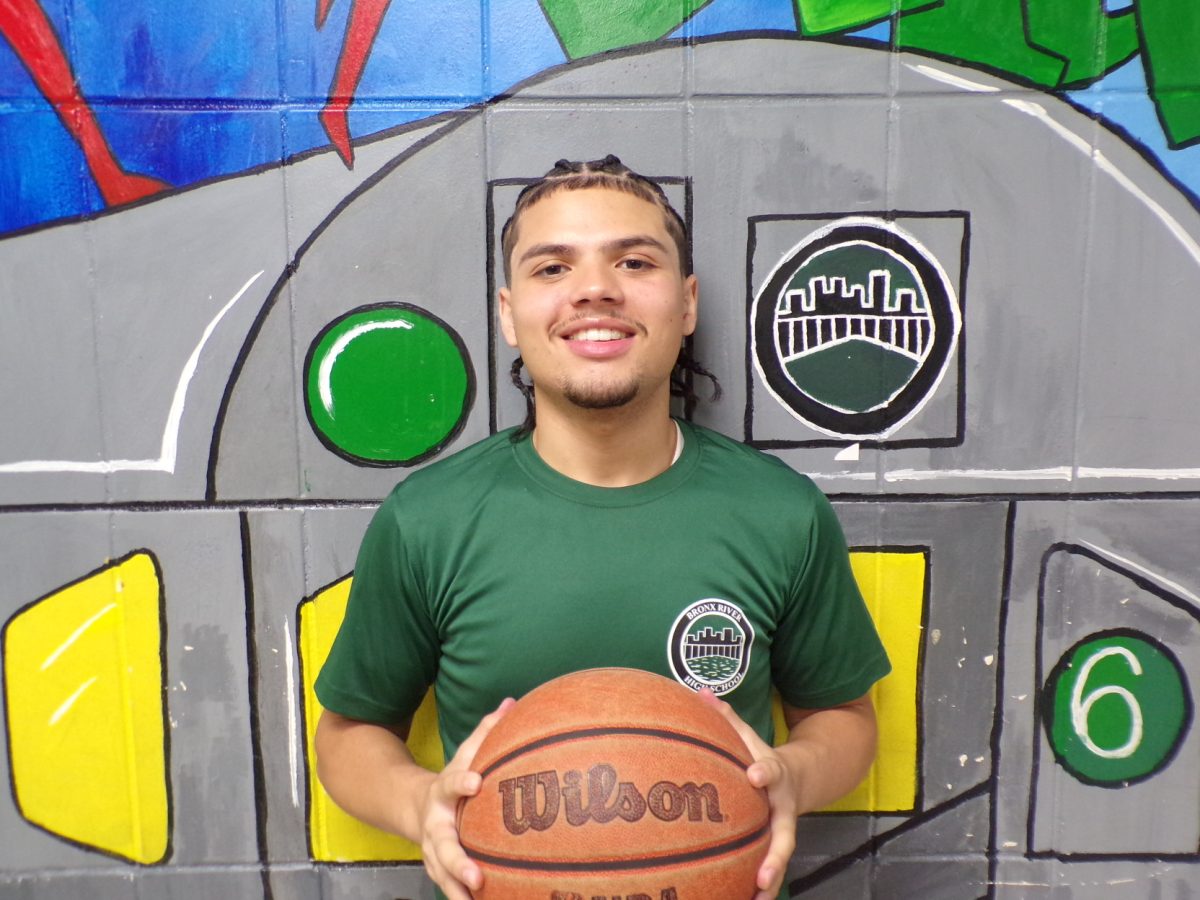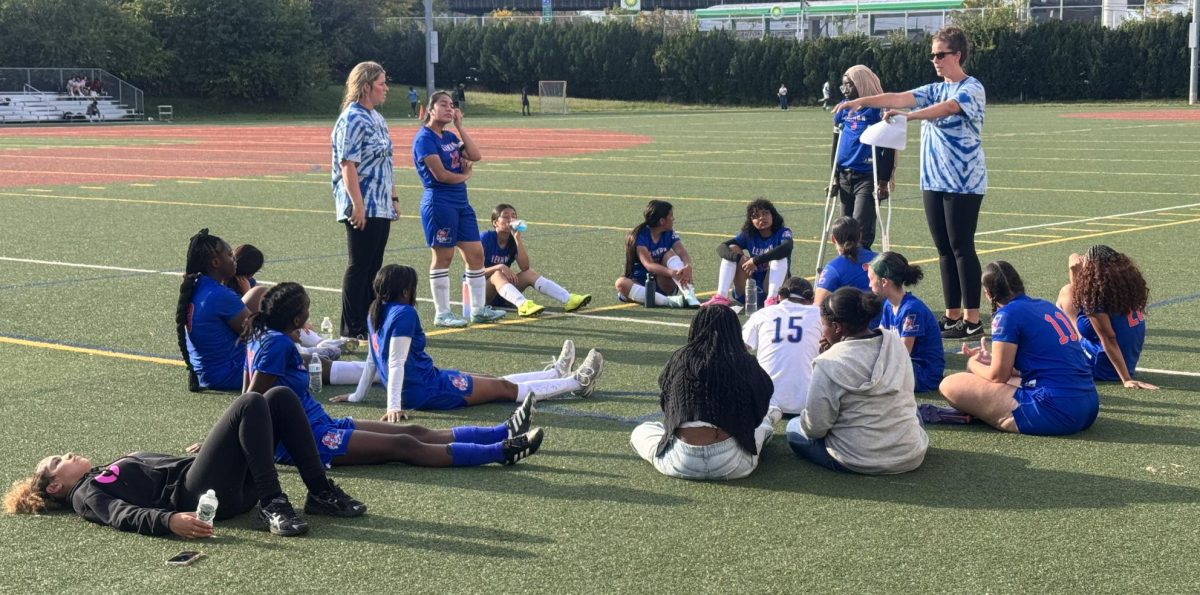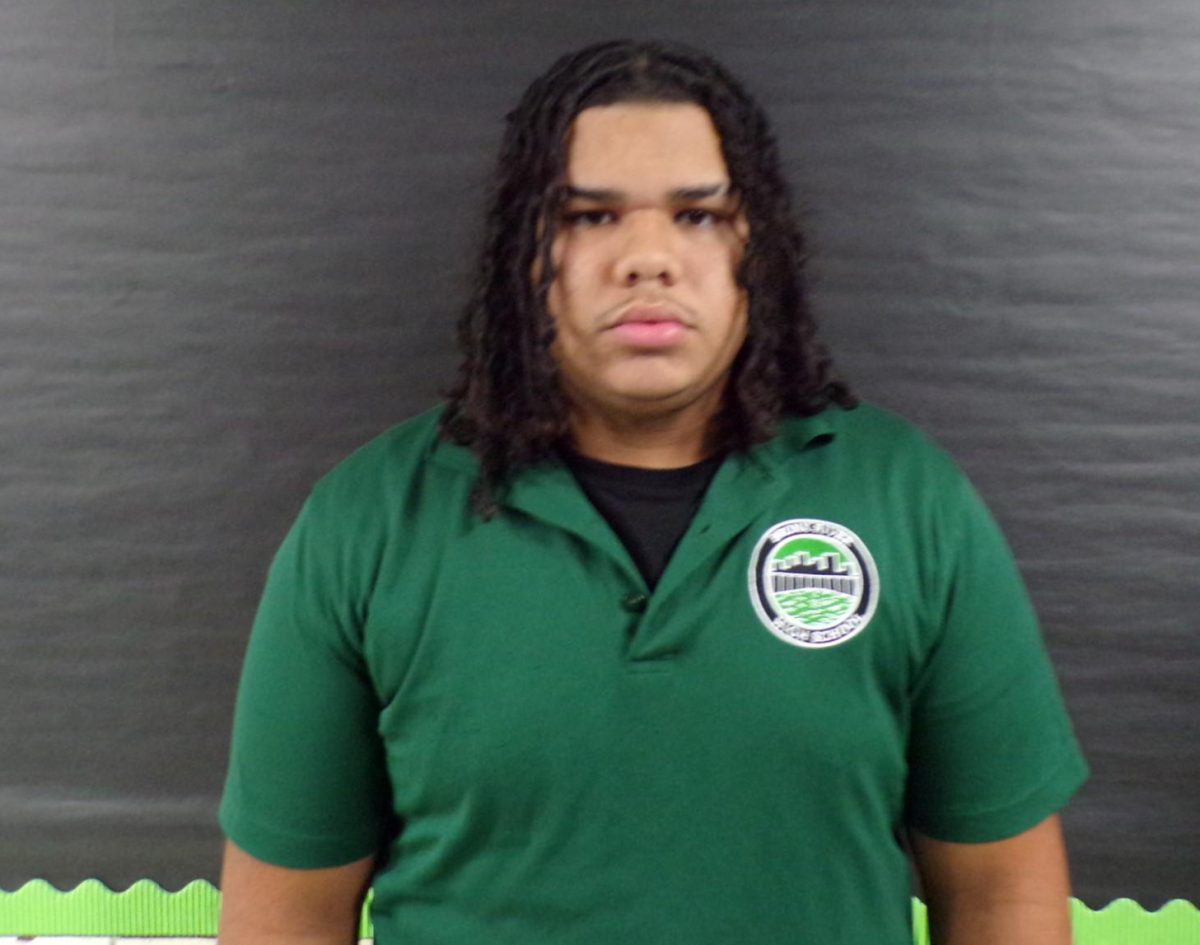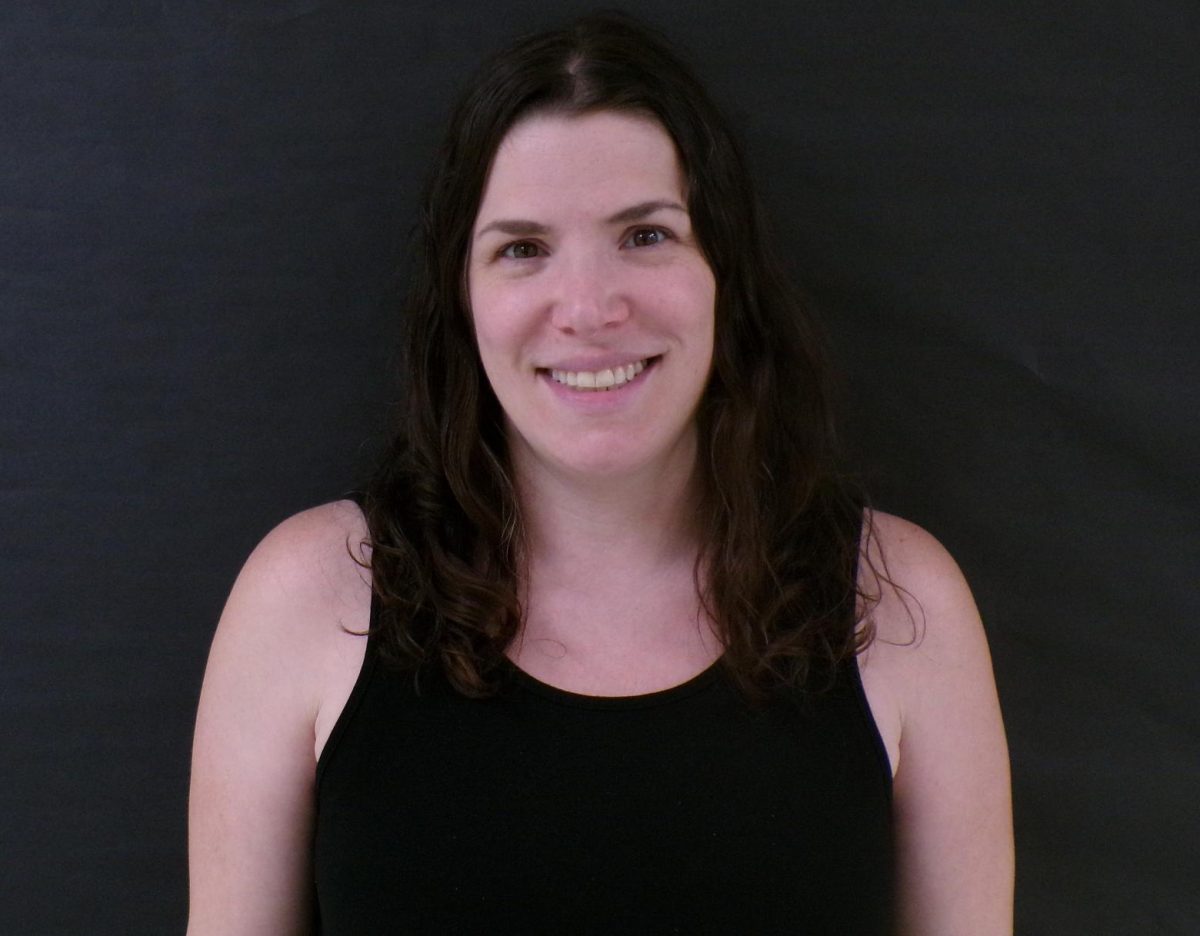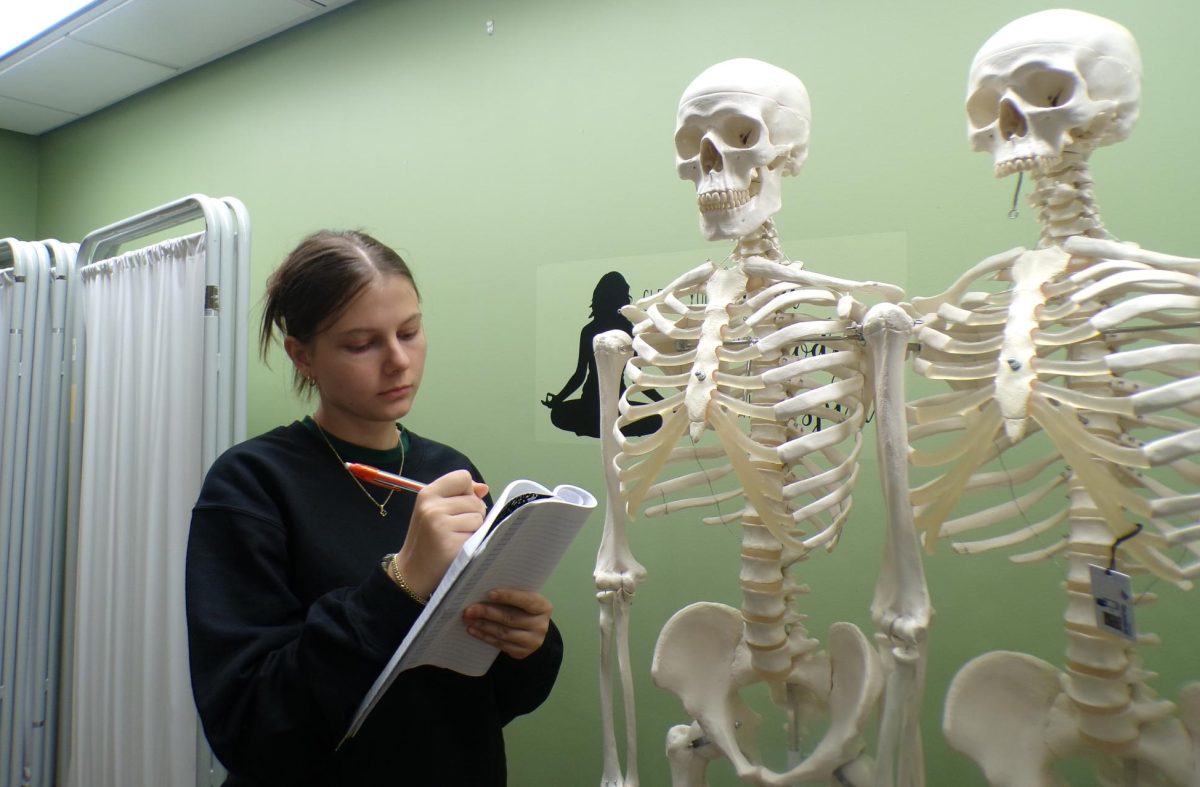Students from the Bronx River News thought they knew the story of Anne Frank, the young Jewish girl who wrote “Anne Frank: The Diary of a Young Girl,’’ while hiding with her family in Amsterdam during World War II. But after visiting the Anne Frank exhibit in Manhattan this fall, students say they developed a deeper understanding of what life was like during the Holocaust.
“I always knew of Anne Frank’s story as a historical narrative, but after visiting the exhibit she became truly human to me,’’ Zoe Reyes, an 11th grader, said. “The exhibit goes through stages of her and Otto Frank’s life exactly as they are – human. It was authentic, from her parents’ wedding day to her kindergarten photos, it reminded me of my own life and how Anne was robbed of hers. The exhibit is self-guided entirely, which really helped me take things at my own pace and truly comprehend her story.’’
The full-scale re-creation of the annex rooms where the family hid along with four other Jews includes authentic furnishings, along with audio, video and pictures, that give visitors a sense of what life was like inside the annex.
When Nazis discovered the annex, the people hiding were sent to concentration camps. Anne Frank, her sister and their mother died. But the father, Otto Frank, survived.
After the Holocaust, when he returned to his family’s home, he recovered his daughter’s diary and worked to have it published. At the exhibit there are 79 copies of the diary for each language in which it has been printed.
Jamal Quinones, a senior, appreciated having a chance to see the rooms recreated. “Being able to physically be in an exact replica of the rooms made me understand the desperate times they were in but also how they were able to find joy in those desperate times,’’ he said.
Jomayra Amparo, a senior, remembers a photo of a Nazi soldier talking with one of the Jewish men. “It stood out to me because I feel as though it showed the power the Nazis had over the Jews,’’ she said. “The Jewish man was sitting down, and the Nazi soldier was almost towering over him. It outlined the power the soldiers had over everyone residing in the camps.”
Stephanie DeCicco, a global history instructor who had previously visited the exhibit, helped organize the trip for her students. “Experiencing it on my own was interesting but experiencing it with my students made the experience more moving; being surrounded by the artifacts made me appreciate the things we have and often take for granted.”
Teagan Connolly, a junior, appreciated the exhibit’s goal of preventing antisemitism.
“This resonated with me because as someone who is from New York I have seen the amount of hate and discrimination that goes around,’’ she said. “The people who live in New York need to understand the severity of discrimination. By the end of the museum I full-heartedly agreed that New York needs to be exposed to more emotional things such as the Anne Frank story. Overall, the most important thing from this trip was the idea that New York needs to be exposed to the effects of discrimination.”
Michael Glickman, advisor to the Anne Frank exhibit, has one piece of advice for would-be visitors who are nervous about what they might see. “Get ready to be uncomfortable; that’s a responsibility we all have,’’ he said.
Anne Frank The Exhibition will be in New York through February before beginning a national tour. For more information: www.annefrankexhibit.org/visit

